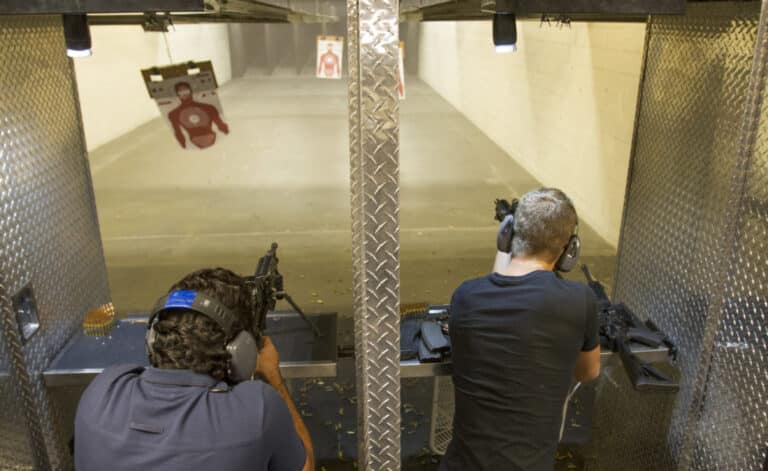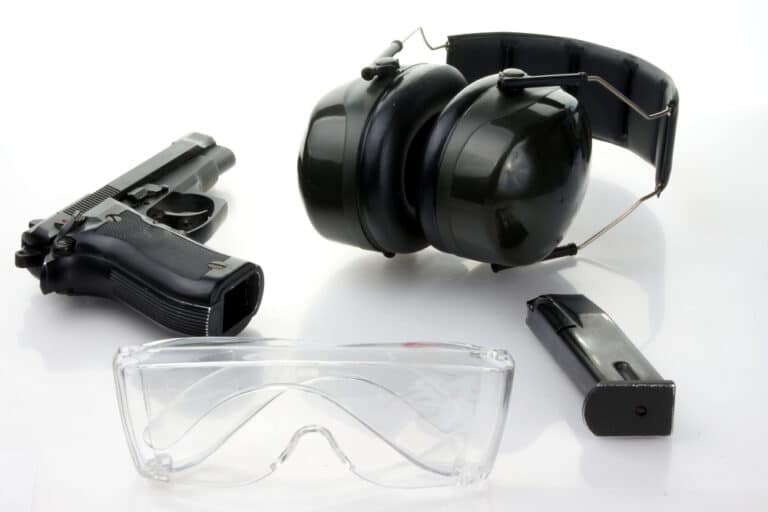Marksmanship’s Place in Competitive Sports

RELATED: Skilled Marksmanship in History Infographic
ROOTS / HISTORY
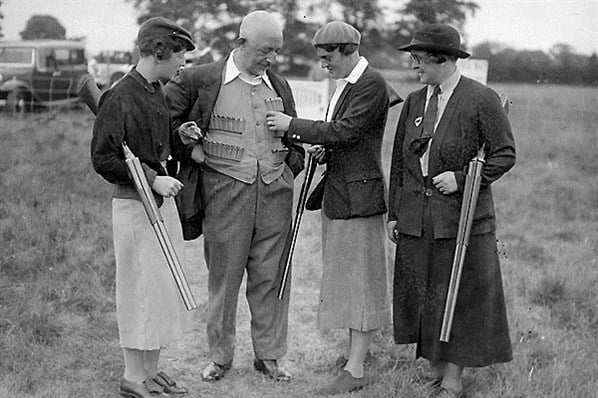
While many individuals think that the recent surge in shooting sports activities point to shooting itself as a new sport, the opposite is actually true! To put it into perspective, the National Football League (NFL) was formed in 1920, Major League Baseball (MLB) in 1869, the National Hockey League (NHL) in 1917, the National Association for Stock Car Racing (NASCAR) in 1948, and the National Basketball Association (NBA) in 1946. The Civilian Marksmanship Program was founded in 1903 in conjunction with the US Government to promote and encourage the shooting sports for scientific, sporting, and competitive purposes. National matches, Olympic events, and a seemingly infinite variety of shooting competitions have emerged over the past 100 years that demonstrate the commitment and ethic of the competitive shooter.
TRADITION
Beginning in 1903, the National Rifle Association (NRA) – with help from the US Congress, created the National Board for the Promotion of Rifle Practice (NBPRP). This later became known as the Civilian Marksmanship Program and included over two hundred shooters within its first three years of existence. The program and its related programs now encompass over one million American shooters – a testament to the popularity and accessibility of the sport.
SAFETY
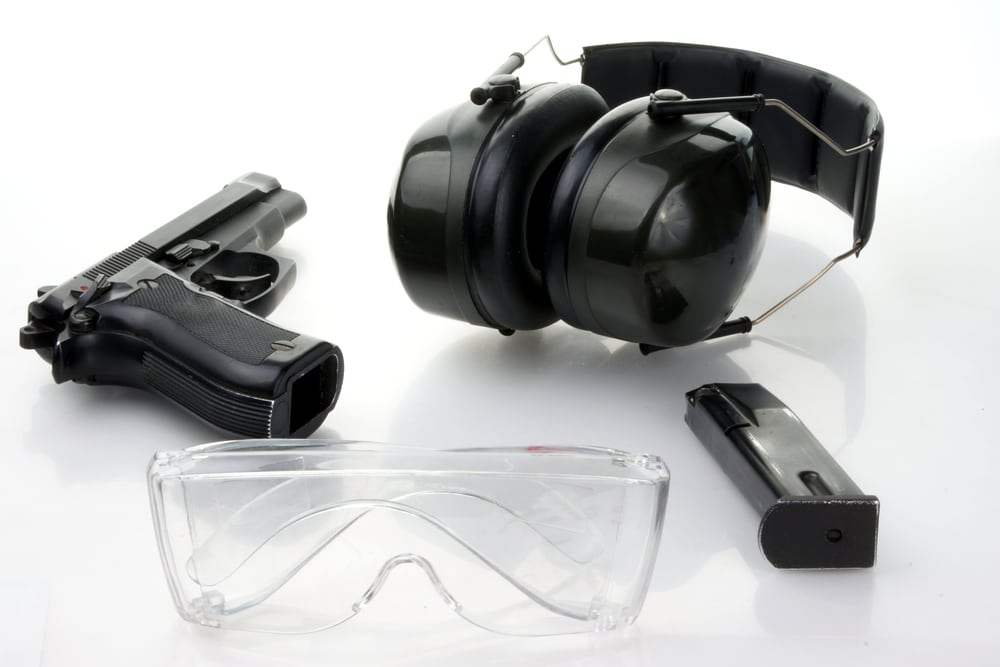
Today’s shooters epitomize the definition of highly trained. But one of the most important training considerations that has become engrained into the competitive shooting culture today is that of absolute safety and the utmost in concern for others. When you visit a professional gun range, you’ll encounter firearms instructors who follow a strict code of safety that includes:
• Always keeping guns pointed in a safe direction
• Always keeping the finger off the trigger until ready to shoot
• Always keeping the gun unloaded until ready to use
• Knowing the target and what is beyond the shooting area
• Understanding proper gun handling and safety techniques
• Ensuring the gun is safe to operate
• Using the correct round
• Wearing appropriate eye and ear protection
• Abstaining from alcohol or drugs before or while shooting
Discipline
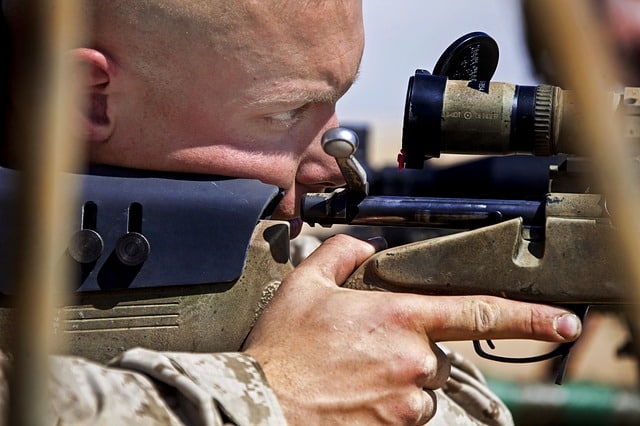
Just as players in the NFL spend an incredible amount of time preparing for each and every one of their sixteen games per season, competitive shooters must also demonstrate a true commitment to the fundamentals of training. Proper stance, trigger manipulation, breath control, sight alignment, muscle memory, and more, are key components to becoming a competent shooter.
Marksmanship is not about spraying bullets downrange, rather – it is about harnessing the sporting potential of a firearm through training, discipline, and practice. A marksman is like a surgeon with a firearm. Dedicated, highly-skilled, and focused on repeatable performance. See some of the greatest examples of sharpshooting in this Skilled Marksmanship in History Infographic.
To take the first step in improving your marksmanship abilities, you’ll want to partner with a reputable and forward-thinking firearms training facility that can help you understand and implement the fundamentals of shooting. From practical shooting competitions to Olympic-style events, there is no limit to the ways in which you can include shooting as a relaxing, safe, and enjoyable pastime.


